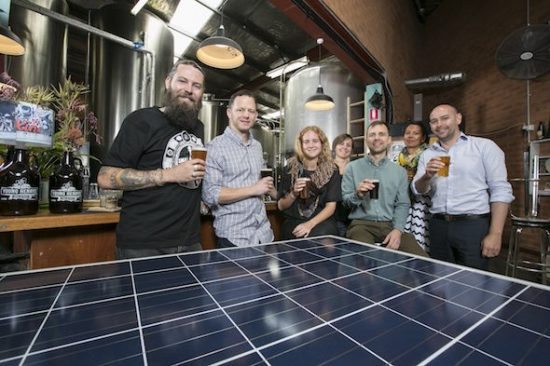‘DGR’ – some questionable definitions?
‘Yack’ (Vic) unlocks serious community capital!
December 15, 2006ProBono’s ‘Who Offers What’ Guide
December 18, 2006Mapping community centres (Vic) with Deductible Gift Recipient status
Victoria’s Bendigo Neighbourhood House, in conjunction with the Association of Neighbourhood Houses & Learning Centres, is mapping the status of member organisations. All ANHLC members are being asked to email dgr.status@yahoo.com.au stating the name of their organisation and either ‘YES’ if they have current DGR status or ‘NO’ if they don’t. (ANHLC December Newsletter)
As this sector – in all states it seems – is generally ‘cash strapped’ and heavily reliant on volunteers, the possibility of receiving deductible gifts from foundations, the corporate sector and private donors is quite tantalising. Unfortunately despite the fact that much of the sector’s work is with disadvantaged people, not a high enough percentage of activities fit within the existing Public Benevolent Institution definition to claim DGR status.
The sector as a possible DGR recipient?
The sector focusses on self-help, mutual support, prevention, education, advocacy and social inclusion of disadvantaged people rather than on the provision of direct charity assistance.
It seems anomalous that the sector’s community centres are not listed with other public, beneficial and educational institutions such as public art galleries and museums, school building funds, public universities etc.
So there is an argument that the definition should change to cover the work of the sector and support its efforts to prevent distress, poverty, illness and isolation, through community capacity building and the development of social capital.
FYI: Deductible Gift Recipient (DGR) – the definition
A deductible gift recipient (DGR) is a fund or organisation that can receive tax deductible gifts. Some DGRs are listed by name in the income tax law; these include organisations like Amnesty International Australia, Landcare Australia Limited and the Australian Academy of Science. There are also prescribed private funds listed by name in the income tax regulations. For other organisations to be DGRs, they must fall within a general category set out in the income tax law.
To find out whether an organisation is a DGR, check the Australian Business Register at www.abr.gov.au/
For more information on endorsement as a DGR, see the Tax Office’s website.
It will be very interesting to compare the activities of centres with DGR status to work out exactly what a Public Benevolent Institution is. At the moment it is difficult to see why school building funds qualify and ANHLC community centres do not! Maybe someone could throw some light on this?

